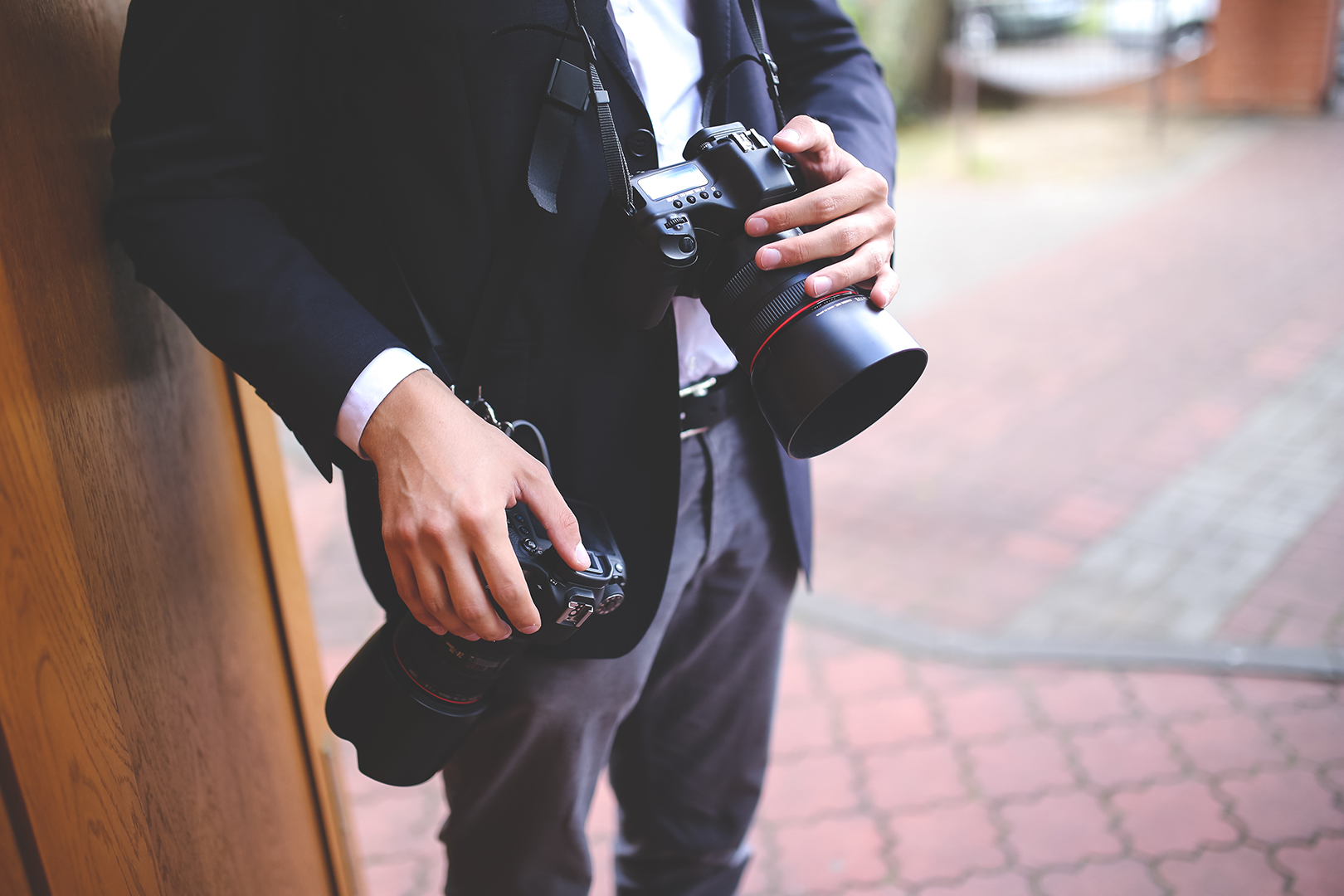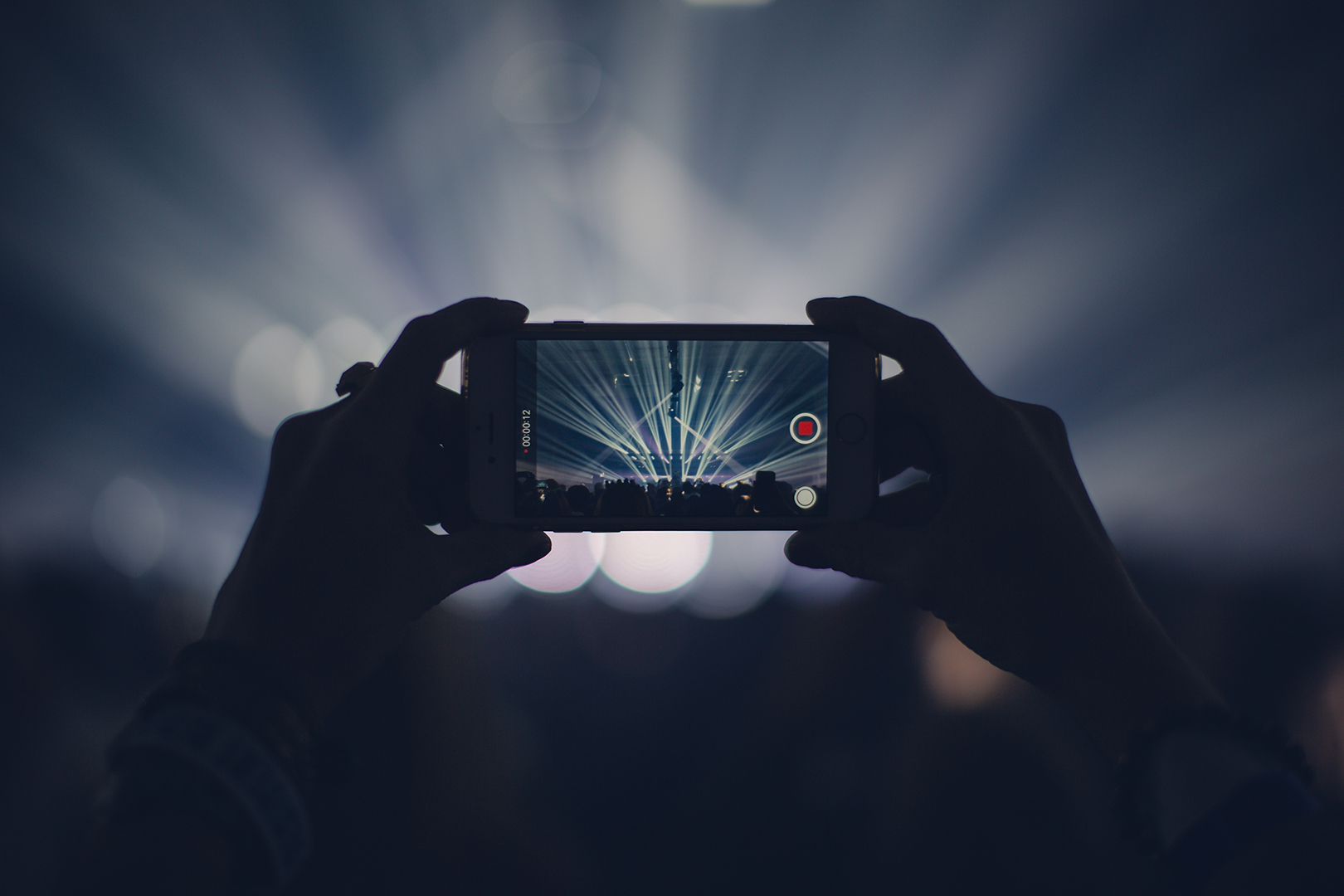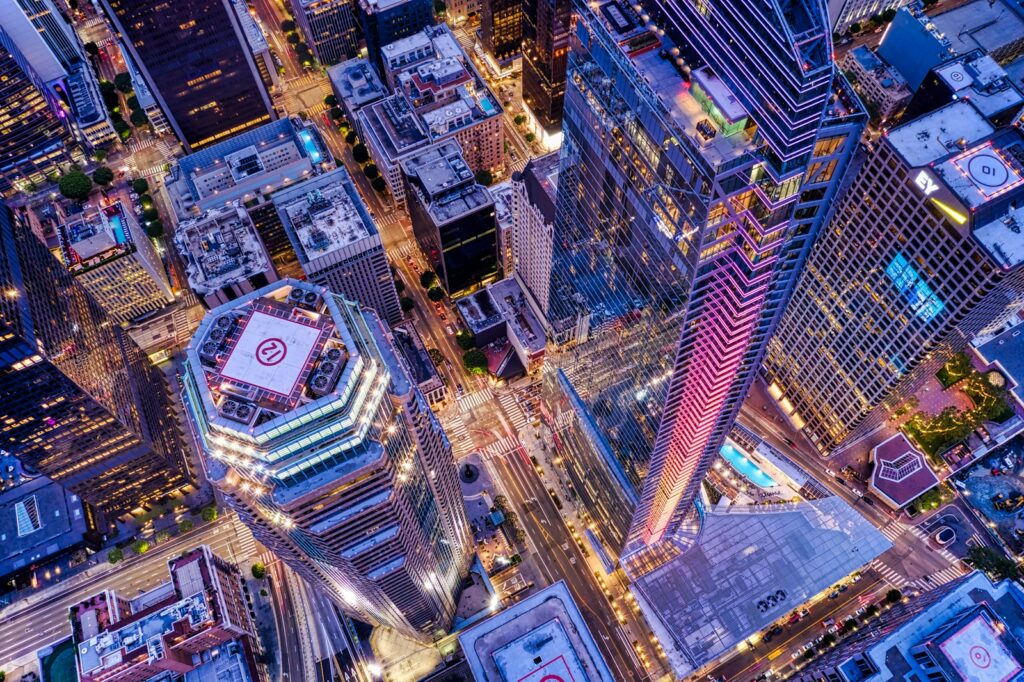We live in a world driven by immediacy.
We have countless sources of information through our various social media platforms.
The curious dynamics behind viral content gives a tremendous power to this information democracy, we have as accusers of both positive and negative happenings.
A population armed with a smartphone and a basic data plan is giving professional photojournalists a hard time by delivering the news before they do. But what are the pros going to do about this situation?

What is Photojournalism?
Photojournalism is the branch of social photography that aims to present images to report a story. From breaking news to documentary research, photojournalism has helped societies feed themselves with stories because its images give readers a better understanding of a topic.
Such images need to be useful; they need to support the story for those who read it.
5 Sources of Photojournalistic Content
If you want to get a broad idea of what photojournalism is, watch the following five media sources. The first three include modern photojournalism, therefore they're likely to include great examples of important images taken by non-professional photojournalists (people who don't make a living out of photojournalism).
Magnum is a more traditional Agency, and the TIME archive is an excellent way to look to the past…
The LIFE Picture Collection
The Importance of Photojournalism
The importance of serious and committed photojournalism is easy to illustrate. Its importance relies on photojournalism’s commitment to spreading meaningful and truthful stories to the majority of people.
Social media offers people a great source of information, but users must choose their interests to get the best out of the tools.

Photojournalism gives the world a valuable asset when it comes to reporting breaking news or any other socially interesting topic. Photography has the gift of being able to synthesize a story in a few images, and in some cases, just one.
Take the iconic photos that have chronicled human history since the 20th century.
The importance of having stories accompanied with images is crucial, since an illustrated story retains the attention of the viewer more easily, so the impact of a story with an image attached to it is likely to be broader than a text-only one.
Photojournalism has a high and disciplined job to present the truth without alterations (when it is done right and true), hence its importance when seeking or consuming any kind of relevant information.
The Importance of Captions and Statements
Many photographers these days take writing for granted. I myself am guilty of this flaw and I'm working hard to give my images the voice they need to create the impact I seek.
My intention is to present daily unseen happenings in my street photographs.

Walter Benjamin explicitly stated in his essay The Author as Producer that the photographer is uniquely responsible for the captions of his own photographs.
Captions and statements are hugely important because this is where the photographer speaks right and true about the facts we are reading in the photographs.
The Influence of Social Media in Democracy
Thanks to the technological evolution of portable and powerful cameras, as well as highly powerful smartphones with incredible image-rendering capabilities, more people can record reality and immediately share it with the world.
They don’t even need to send their images to a local or international news broadcaster – people can deliver them to the global community thanks to how social media is connecting us more closely than ever!

The Big Question
There have been some great efforts to understand the dynamics that drive content to go viral. Experts ponder of this, write books and even give lectures about it.
All I can say about this massive topic is that virality is driven in some percentage by emotion. Therefore, highly emotive content (positive or negative) is more likely to go global in no time than those with low-arousal content.
If an image or statement makes people happy, excited, angry, frustrated, upset or laugh it's got the foundations to go viral.
Today’s photojournalists understand it's getting harder and harder to compete with the highly democratized world of social media, especially when the content triggers the dynamics of viral content.
I consider this type of content as a substitute “product” that fulfills the job of informing society about something, and with the added value of immediacy.
This substitute also has a price that we as hungry consumers of the latest happenings need to pay – in most cases, this price tag is technical and aesthetic qualities.
The authors of this content rarely have a statement that drives their images along a consistent road, but they still do the job of giving us the image we want to see while the events are still going on.
The authors behind these images could get a similar joy to the one musical artists get when they achieve fame via one-hit wonders.

The thing about breaking news and other media related to photojournalism is that its informative value trumps the aesthetic variables we can evaluate a photograph with.
The Big Question here is, what will professional photojournalists do (if they are not it doing now) to cope with the new, immediate, and democratic imagery the world is consuming?
Right now, let us know your thoughts and opinions on this matter…
Further Resources
- A Brief History of Photojournalism by Rachael Towne
- 2 Reasons your Black and White Photos Might Stink! by Photzy
- Some Of The Most Iconic Photographs In History – A Few Will Stun You! by Federico Alegria
- Contemplation. Dramatically Improving Your Photography With Reading by Federico Alegria







6 Comments
“A population armed with a smartphone and a basic data plan is giving”….the people the ONLY truth that exists in media today. Sorry, but the fake news contributors are making themselves extinct!
Agreed on this one, fake news and the lack of society to discern between objective content and viral intended content is making a lot of harm.
Unfortunately Photojournalism, in its classic form is withering, nearly dead.
Whilst social media provides an immediate platform for Photographers and journalists, there simply is no money to pay for the work. So many PJ’s have moved either into video, lifestyle or out of the role altogether.
Social tastes also dictate, the effective use of concerned photography, because our social media and traditional media no longer stomach the real pictures that describe emotive content, that in the past inspired change. Your classic references to Life and Magnum, show content that would struggle to compete in the pages of lifestyle and material that dominates the screen of todays consumers. A lot of Pulitzer stuff of the past simply wouldn’t make the weekend papers. And so Photojournalists today struggle to fund their trips without insurance, that are now really in the pursuit of personal growth and brand, because you can’t pay a mortgage in a western city on a PJ wage.
That’s the thing, what are professional PJs going to do to keep up with this new social dynamic. I recently met this guy https://es.wikipedia.org/wiki/Gervasio_S%C3%A1nchez, and his work is almost entirely funded by him, small publishers and companies with social responsibility programs. It was a great experience to met this big hearted work.
The truth is that the world is broken ,great images of social failure do not sit well alongside advertising for roast beef or overpriced fashion. The medium that overloads populations with the effects of globalization must also take part responsibility for the compassion fatigue that exists in western modern society.
The digital era has reduced the need to parachute togs into foreign parts to tell the story of political / social failure as the people are able to create and publish images themselves without editorial restraint.
The days of the wealthy paying the middle class to record conflict and famine might be coming to an end but we should perhaps be grateful that the democracy of the medium might create a more accurate history of our times..
What a great point of view, thanks for sharing it with us Mate.